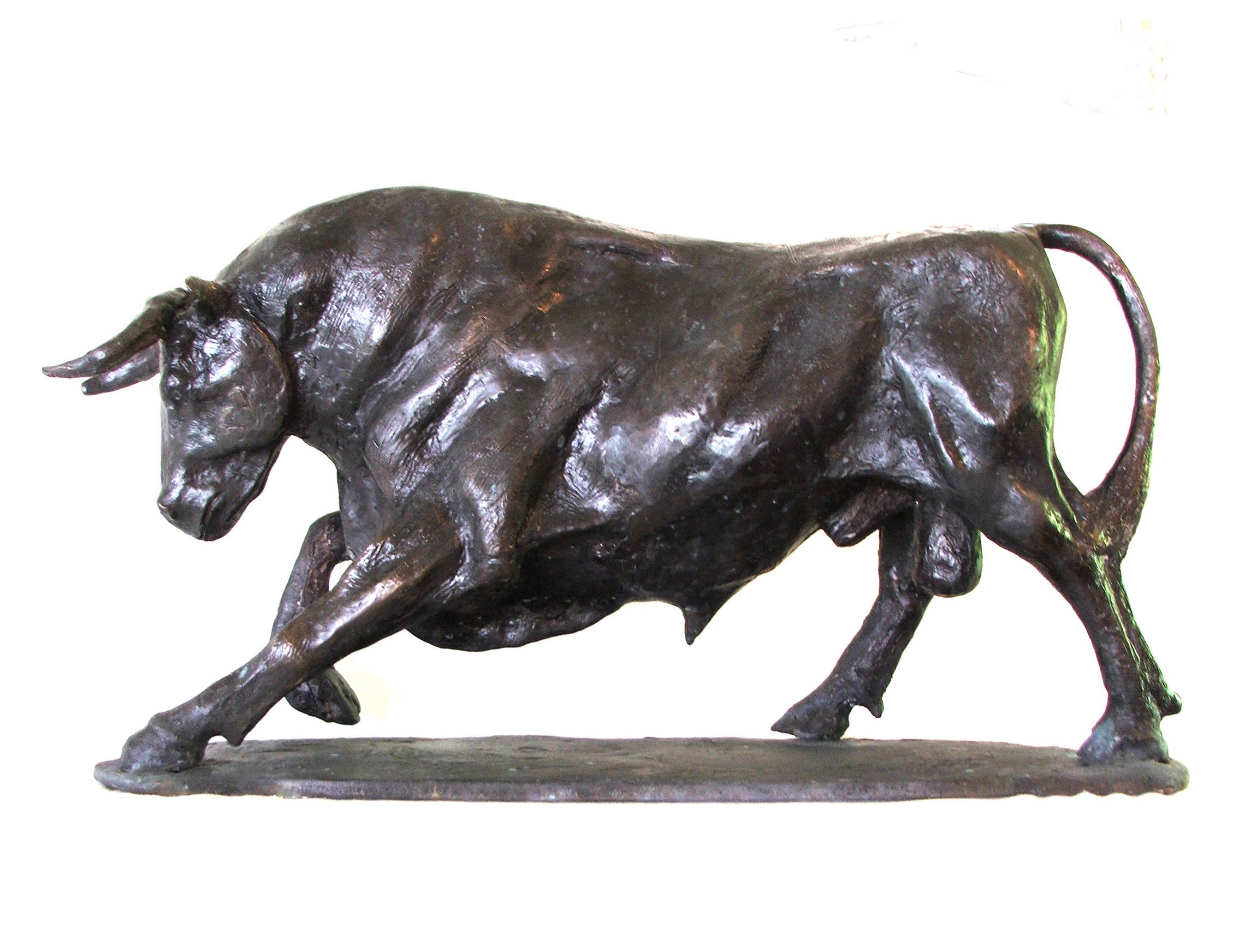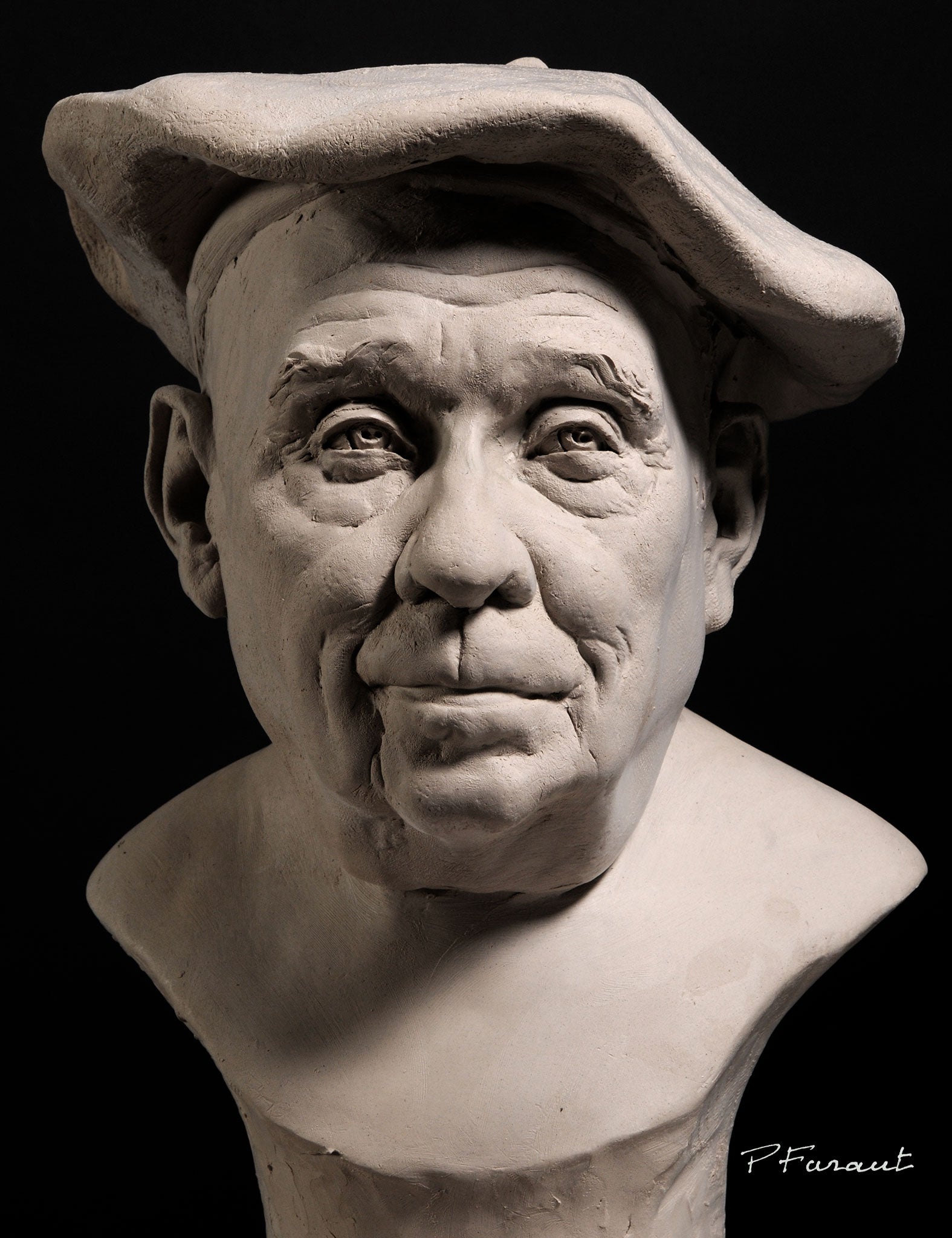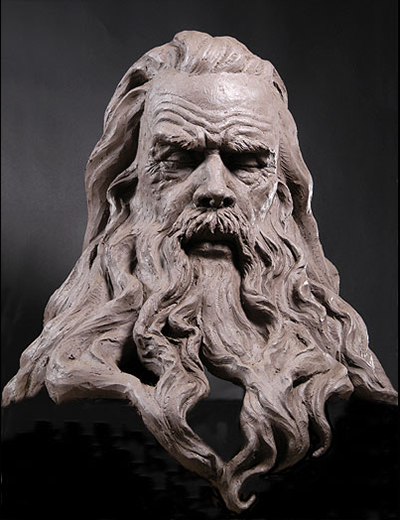The Development of Sculptures: From Ancient to Modern
The Evolution of Sculptures: From Ancient to Modern.
Sculpture, one of the earliest forms of art, has actually been an indispensable part of human world for millennia (Robert C Hitchcock Sculptor). From the ancient human beings of Egypt and Greece to the modern era, sculptures have developed, showing adjustments in imaginative techniques, products, and social influences. This journey through time traces the development of sculptures, exploring the shifts in vogue, topic, and imaginative expression
Starting with the old world, sculptures crafted from stone and later on bronze recorded the significance of divine beings, rulers, and everyday life. The Renaissance duration observed a rebirth of timeless sculpting strategies, as artists sought to replicate the elegant types of ancient Greek and Roman sculptures. In the modern period, musicians tested typical borders, accepting abstraction and testing with new materials.

This exploration will look into the varied evolution of sculptures, revealing the rich tapestry of artistic expression throughout different durations and societies.
Ancient Sculptures: From Rock to Bronze
Ancient sculptures transitioned from being carved out of rock to being cast in bronze. Rock sculptures, while excellent in their very own right, were restricted by the nature of the product.
The introduction of bronze as a tool for sculptures caused a change in artistic expression. Bronze used artists the opportunity to produce elaborate and natural forms that were not possible with stone. The process of casting bronze permitted the production of multiple copies of a sculpture, allowing broader distribution and preservation of these creative work of arts.
The change from rock to bronze also saw a shift in the subject issue of sculptures. While rock sculptures predominantly portrayed gods, sirens, and mythological figures, bronze sculptures began to show a wider array of topics, including everyday people and animals. This growth of subject issue showcased the versatility and versatility of the bronze tool.
Renaissance Rebirth: Forming in the Timeless Design
The Renaissance resurgence of sculpture experienced a rebirth in the timeless design, structure upon the developments made throughout the change from rock to bronze in old sculptures. During this period, artists sought to recreate the classic visual and suitables of charm that prevailed in ancient Greek and Roman sculptures.
One of the crucial attributes of the Renaissance resurgence was the emphasis on naturalism and the human kind. Artists like Donatello and Michelangelo strove to record the physiological details and expressions of their subjects with extraordinary precision. They examined the human body and integrated their observations into their sculptures, leading to practical and realistic depictions.
An additional important aspect of the Renaissance revival was the expedition of perspective and deepness. Artists made use of strategies such as contrapposto, where the weight of the body is moved to one side, producing a sense of motion and dynamism. They also trying out different products, including marble and bronze, to achieve a degree of elegance and details in their sculptures.
The classic design of the Renaissance rebirth had a profound impact on later periods of art, functioning as a structure for the growth of Western sculpture. It brought a restored gratitude for the elegance and splendour of the human kind, and its legacy can still be seen in modern sculptures today.
Modernism and the Avant-Garde: Damaging Conventional Borders

One of the essential attributes of modernist sculpture was the emphasis on abstraction. Carvers moved far from reasonable depictions and instead focused on recording the significance of the subject via streamlined types and geometric shapes. This departure from conventional representation permitted artists to share their emotions and ideas in a more individual and subjective fashion.
In addition, the progressive motion challenged societal norms and conventions, urging artists to experiment and press the limits of their art - Equine Sculptures. Artists started integrating non-traditional materials such as located things, commercial products, and even natural environments into their job. This exploration of brand-new materials and techniques not just broadened the possibilities for sculpture yet likewise challenged the typical concepts of what could be taken into consideration art
Contemporary Sculptures: Exploring New Products and Concepts
With a focus on exploring brand-new materials and ideas, modern sculptures have reinvented the field of art. Artists today are pushing the boundaries of typical sculpture by using cutting-edge materials and trying out with abstract principles. These sculptures test conventional concepts of kind, materiality, and significance, inviting visitors to take part in a brand-new and provocative creative experience.
Contemporary artists are embracing a large range of materials, consisting of plastic, glass, metal, and even raw material. Contemporary Sculptures. They are not restricted to the conventional medium of rock or clay, permitting for greater civil liberty and trial and error. This change towards unique products has actually opened up new opportunities for artists to produce sculptures that are vibrant, interactive, and aesthetically striking
In enhancement to exploring new products, contemporary sculptures also dig into complicated and abstract principles. Musicians are currently exploring themes such as identity, social issues, and the atmosphere, using sculpture as a powerful tool for social discourse and introspection. These sculptures challenge viewers to think critically and engage with art on a deeper level, sparking conversations and provoking emotional actions.
International Impacts: Sculptural Customs From All Over The World

In ancient Egypt, sculptures were produced mostly for funerary and spiritual functions. The famous sculptures of pharaohs and gods, such as the Great Sphinx and the breast of Queen Nefertiti, display the Egyptians' proficiency of rock carving and their belief in the afterlife.
In ancient Greece, sculpture reached its top during the classical period. Influenced by the ideals of percentage, consistency, and charm, Greek sculptures emphasized the human form and commemorated the success of gods, professional athletes, and heroes. The popular sculptures of Aphrodite of Knidos and the Discobolus exemplify the Greeks' quest of perfection in sculptural art.
In ancient Rome, sculpture offered both political and imaginative purposes. Bronze Sculptures. Roman sculptures typically portrayed emperors, generals, and mythological numbers, showing the power and splendour of the realm. The marble sculpture of Augustus of Prima Porta and the monumental Arc of Constantine are significant instances of Roman sculptural accomplishments
Asian sculptural customs, particularly in India, China, and Japan, have additionally had a profound effect on the evolution of sculptures. Japanese sculptures, influenced by Buddhism, highlight simpleness and peace, seen in the calm statuaries of Buddha and the elegant art of bonsai.
The worldwide influences on sculpture proceed to progress in the modern age. As we look to the future, it is specific that the worldwide impacts on sculpture will proceed to shape and redefine this ancient art kind.
Final Thought
In final thought, the evolution of sculptures has seen a change from ancient stone and bronze works to the classical revival throughout the Renaissance. Today, modern sculptures check out brand-new materials and principles, while additionally attracting motivation from global sculptural practices - Robert C Hitchcock Sculptor.
From the ancient civilizations of Egypt and Greece to the contemporary age, sculptures have actually evolved, reflecting modifications in imaginative methods, products, and cultural influences.Beginning with the ancient world, sculptures crafted from stone and later on bronze caught the significance of divine beings, leaders, and day-to-day life.Ancient sculptures transitioned from being carved out of rock to being cast in bronze. While rock sculptures mostly depicted gods, goddesses, and mythological figures, bronze sculptures began to mirror a broader range of subjects, including everyday people and pets.In conclusion, the development of sculptures has seen a shift from ancient stone and bronze works to the classical resurgence throughout the Renaissance.